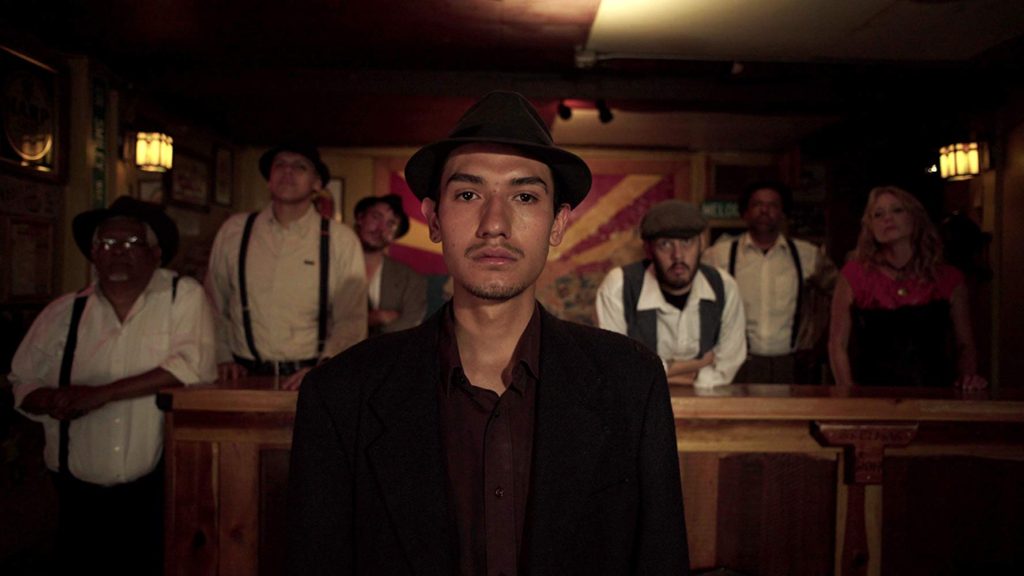Film Review: “Bisbee ‘17“ Brilliantly Blends Past and Present
Written by: Christopher Llewellyn Reed | May 28th, 2019

Bisbee ‘17 (Robert Greene, 2018) 4 out of 4 stars.
On July 12, 1917, over one thousand men were forcefully gathered together at gunpoint in Bisbee, Arizona, herded onto freight-train boxcars and deported to a deserted part of New Mexico, where they were left to fend for themselves, threatened with violence or death if they ever returned. Their crime? Striking for better wages and working conditions in a town de facto owned by titans of the copper-mining industry. We were a nation at war in Europe, and such a looming disruption to the industrial military machine (and to business profits of the copper barons) – coming mostly from recent immigrants and migrant laborers – could not be tolerated. So the “Bisbee Deportation,” as this forced kidnapping was thereafter known, was just something that had to be done. Unless, of course, you happen to believe in a just legal system with civil rights for all, in which case it’s a stain on the town’s, state’s and country’s history (one of many, for sure). Now imagine living in present-day Bisbee and reenacting the event. That’s quite the exercise, especially given its resonances with 21st-century politics.
Indeed, filmmaker Robert Greene (Actress) has a lot on his mind and on his plate as he arrives in Bisbee with a startling idea: to ask the inhabitants to stage, for the hundredth anniversary of the deportation, a historical recreation of that fateful day. Many families from 1917 are still around, though there are also plenty of new residents, as well. What’s especially interesting about the former is how the deportation looms large in their personal narratives, since different members of such families were sometimes on opposite sides of the skirmish: it was brother against brother, friend against friend, with bonds forever shattered in the aftermath. Even now, everyone has their own opinion about the wrong and right of it, and the reenactment allows them all to express and act out their emotions. As a collective conceptual art project, Bisbee ’17 is stirring in its ambition and cathartic in its results. Much like Joshua Oppenheimer’s 2012 The Act of Killing, in which perpetrators of the Indonesian genocide stage their own mass killings, this documentary breaks down the barriers of societal amnesia to shed light on past crimes.

Beyond the therapeutic value for Bisbee, the film also makes for exceptionally fine cinema, all the while redefining the nature of the documentary format. We cut from the townsfolk’s everyday activities to carefully planned sequences with the same people, now behaving as actors in their own drama (and sometimes singing, as well), then back to scenes of ordinary life. Greene makes sure to remind us that bigotry towards outsiders (i.e., foreigners and immigrants) is still very much a part of our current reality, and casts a young Mexican-American man, Fernando Serrano – whose actual mother was deported when he was a boy – in a lead role as a striking miner, his raw performance becoming the heart of the film. In ways both direct and indirect, Bisbee ’17 is as much about the United States of the present as about the Arizona of the past. Whatever your own views on either (or both), it’s impossible to deny the brilliance of Greene’s conceit and power of his mise-en-scène. We are all part of this story.
[Bisbee ’17, released in 2018, is out today on Blu-ray and DVD.]

